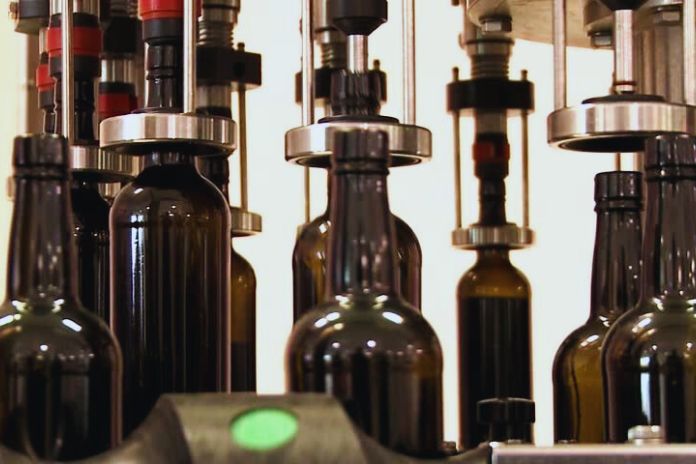How To Choose The Suitable Bottles
Depending on the type of wine you intend to bottle, it is advisable to pay particular attention to choosing the most suitable bottle.
Bottiglione
This is a rather large container, from one and a half liters upwards, which can be used when the wine is consumed in significant quantities; in fact, it is well known that in the open bottle, the wine tends to alter its organoleptic characteristics and undergo an oxidation process.
Emilian Bottle
Particularly suitable for lively wines such as Lambrusco, this bottle is highly resistant and has a relatively low cost.
Bordeaux Bottle
Suitable for white or red wines, it is the most used bottle because the wide shoulder is able to retain any deposits formed on the bottom and for its lightness, which makes it extremely easy to handle; furthermore, its narrow base facilitates storage. The color of the glass is linked to the type of wine to be bottled: for red ones, the green or brown color is indicated, while for rosé or white ones, the white or green color is preferred. Since wine suffers from excessive light exposure, if conditions require it, it is always advisable to use dark bottles.
How To Choose The Cap
Cork Stoppers
Traditionally used for excellent-quality and often fine wines, the cork stopper is made of a natural material with elasticity and impermeability and, due to the presence of microporosity, guarantees very slow oxygenation of the wine. Sometimes, it can impart an unpleasant taste caused by a defect in the constitution of the cork containing an infesting fungus on the roots of the plant. There are different versions of this cap: one-piece, agglomerated, encapsulated, or technical.
Synthetic Corks
Made with thermoplastic polymers that have undergone a hot expansion process, these corks are sterile, do not crumble, and are insulating to keep the characteristics of the wine unaltered for a short time; therefore, they are recommended for wines to be consumed young, at most within two years of bottling.
Glass Stoppers
Glass is considered the ideal material for preserving wine as it is very durable, absolutely sterile, ensures excellent airtightness, and is ecological and aesthetically pleasing, although rather demanding from both an economic and operational point of view.
Screw Caps
Consisting of an aluminum capsule that screws onto the bottle, these caps have been used a lot in the past due to their particularly economical cost. Still, at the moment, they are no longer widespread.
How To Choose The Right Time To Bottle
For young wines characterized by a light residual sugar and fruity or floral characters, the ideal month for bottling is March until the first half of April. For more mature wines with more excellent stability, capable of remaining in the bottle for a few years, it is advisable to bottle at the end of summer, between August and September. Climatically, it is always advisable to bottle in periods characterized by mild temperatures, avoiding rainy or windy days, but also excessive sunshine.
Given that this procedure is carried out in closed environments, the climate is a relatively marginal factor. However, cleaning the bottles is of fundamental importance, as it must eliminate any encrustation or deposit of material, a potential source of alteration of the organoleptic characteristics of the wine. It is always helpful to wine the bottles before bottling to guarantee an ideal result when pouring the liquid.
Also Read: Beware Of Alcohol: All The Health Risks Of Empty Calories

